Indian rupee at a new low, 4 factors working against the currency
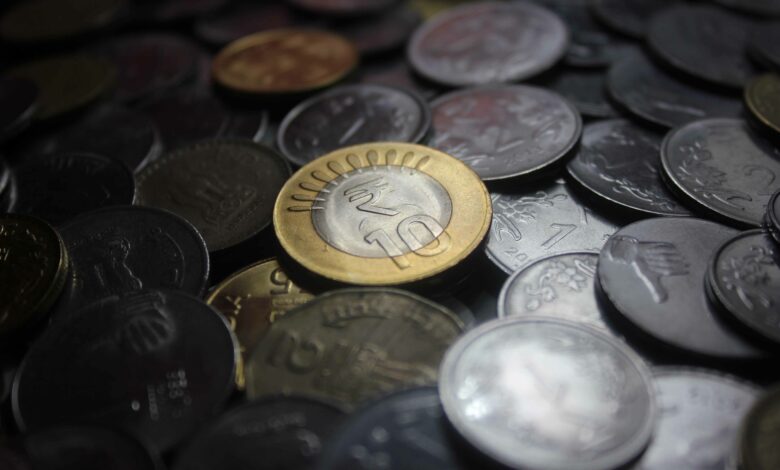
Indian rupee at a new low, 4 factors working against the currency
The Indian rupee continues to sink against the US dollar, touching a new low figure of Rs103.6 per US dollar at the close of the trading session on Friday. This is largely due to the rising oil prices and the trade war between China and USA, both of which have impacted India’s economy negatively. A weakening rupee has also led to higher inflation rates in recent months, as it increases import costs for goods like petrol and diesel.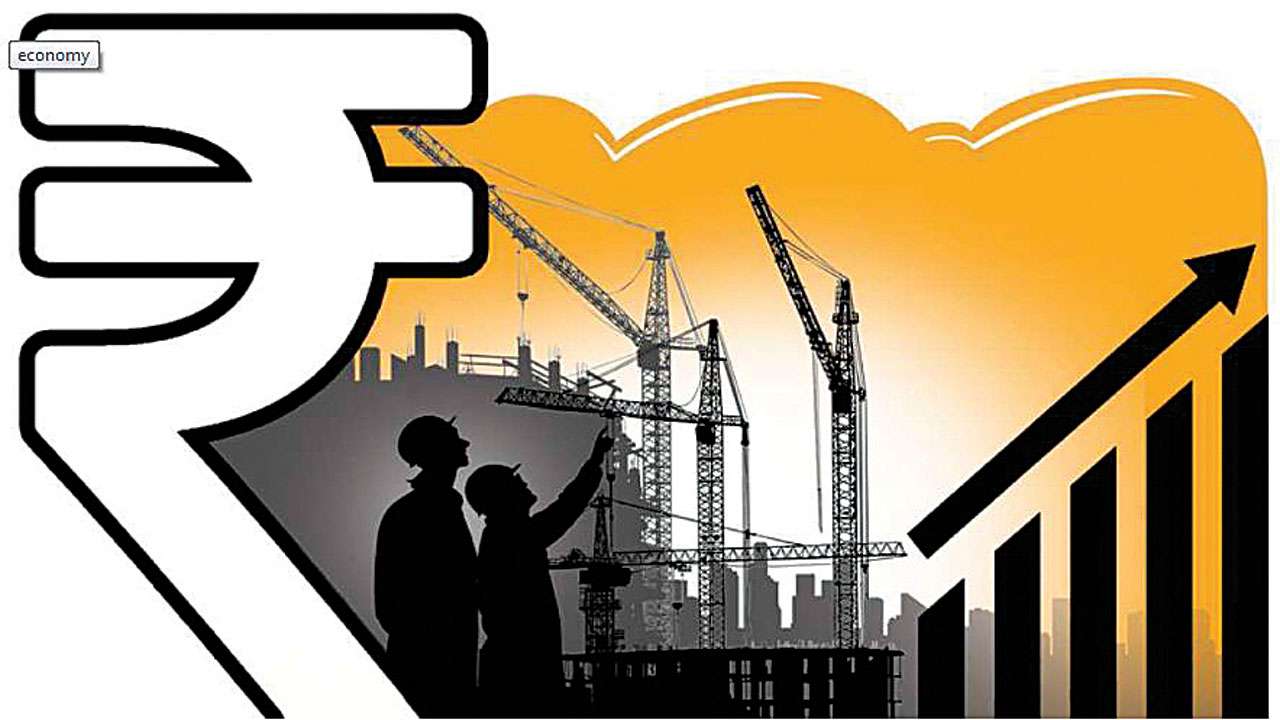
The progress of the Narendra Modi government since 2014, is monitored here. Explaining the factors that caused depreciation in Indian Rupee against US Dollar, a top official of State Bank of India (SBI), has said these are expected to get reversed in near future. The central bank allowed banks’ local currency loans to be hedged against the US dollar.
The Indian rupee declined on Friday by 24 paise to close at a new lifetime low of 109.21 against the US dollar in the early trade at the Interbank Foreign Exchange market due to increased demand for the American currency from importers amid a strengthening of greenback and weakness in domestic equity market. The rupee opened lower at 109.05 a dollar from its Thursday’s close of 108.
The Indian rupee depreciated by 22 percent against the US dollar in 2016, which had led to a spike in inflation. According to Reserve Bank of India Deputy Governor BP Kanungo, the depreciation is tied to US dollar’s appreciation and crude oil prices. The bank has also stated that it is unlikely that the average growth rate will be less than 7 percent for 2017-18. Meanwhile, Reserve Bank of India has also raised its key policy rate by 0.
Various reasons have been attributed to the fall in value of the Indian rupee. These include:
In response to falling rupee, the RBI has been active in developing solutions for strengthening its value. In recent years, India’s share markets have witnessed high volatility and a decline in foreign investment. Declining growth prospects and economic uncertainty are cited as some of the important reasons behind investors’ reluctance to invest in India.
The Indian rupee (INR) has been devalued eight times in the last decade. This has led to a significant decline in the purchasing power of Indians. Political instability and corruption scandals have contributed to higher oil prices and a lower foreign exchange reserves- which has shored up the value of Indian Rupee.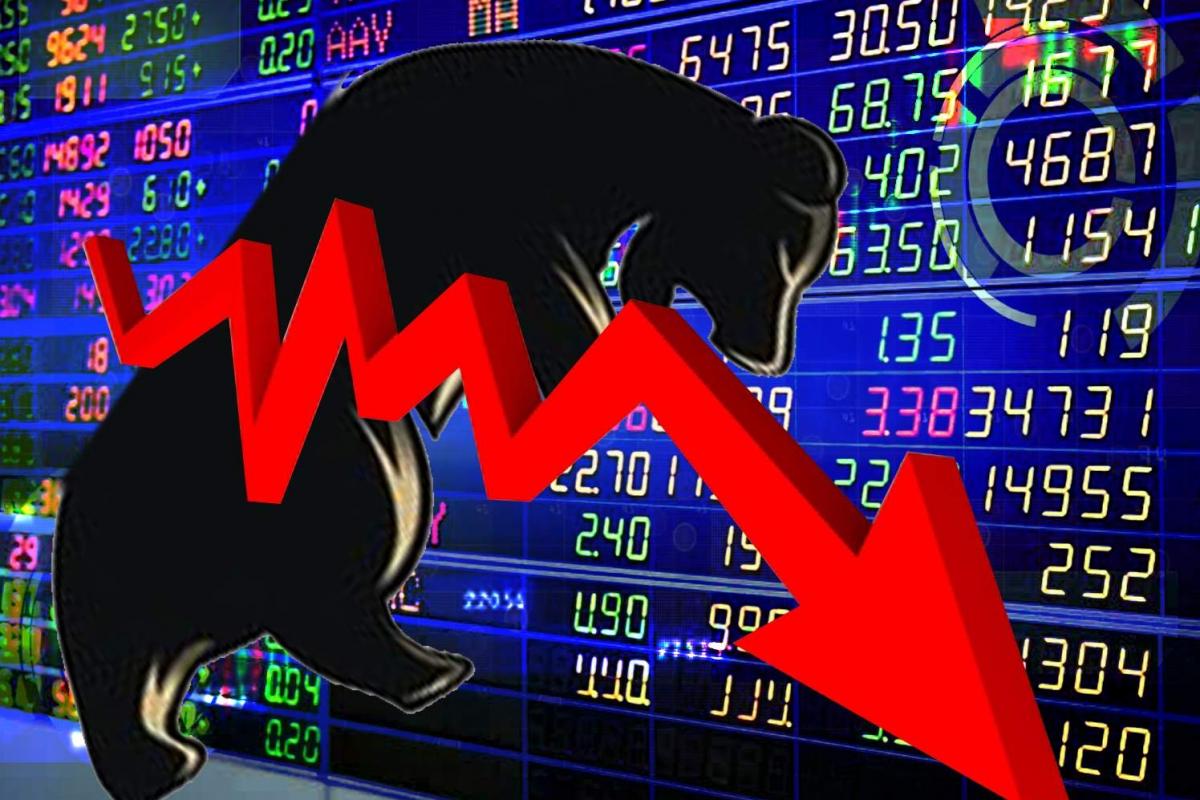
Foreign fund outflows
The present times are indeed a time when Indian rupee is falling rapidly against the USD. Inflation is rising due to the fall in oil prices, and interest rates have also hit a record low. If these factors do not get remedied, then the currency could soon rise to Rs116 against the USD. The Indian rupee continues to fall against the US dollar even as Pakistan and India are trying to re-open stalled dialogue and normalize relations.
India’s central bank has been trying to tighten up on cash. In the last three years, it has withdrawn more than 80 percent of the country’s bank notes from circulation, and taken steps to reduce gold imports and crack down on wealthy tax evaders. While these measures have caused a short-term squeeze, they’re long-term benefits will help India become less dependent on foreign money in the future.
The central bank has raised interest rates for the first time in 10 months by 25 basis points to 6 percent. Although this may have reduced the spike in consumer prices, it will also lower demand for imports and could be one of the factors that has contributed to a fall in India’s current account balance (CAD). A CAD is a measure of the country’s trade balance.
A foreign currency reserve helps countries like India manage their exchange rate by converting local currency into other currencies such as the US dollar, euro or yen. The reserve is used to stabilize the exchange rate. While rising oil prices have affected India’s trade surplus in the last few months, the fall in crude prices has also hurt the CAD, which hit a record low of 1.3 percent of the country’s GDP in the third quarter of 2017.
The Reserve Bank of India (RBI) has decided to increase its policy rate by 25 basis points to 6 percent from 5 percent. This is the same rate at which it has been since January 2016. It has also increased reverse repo rate by 25 basis points to 5.75 percent and marginal standing facility rate by 25 basis points to 6.25 percent.
Meanwhile, the Indian rupee fell further and reached a new low of 69 per dollar on Tuesday amid growing concerns that the country’s current account deficit would widen in the fourth quarter after oil prices rose and foreign investment declined. The rupee closed at 68.78 per dollar on Tuesday, down 0.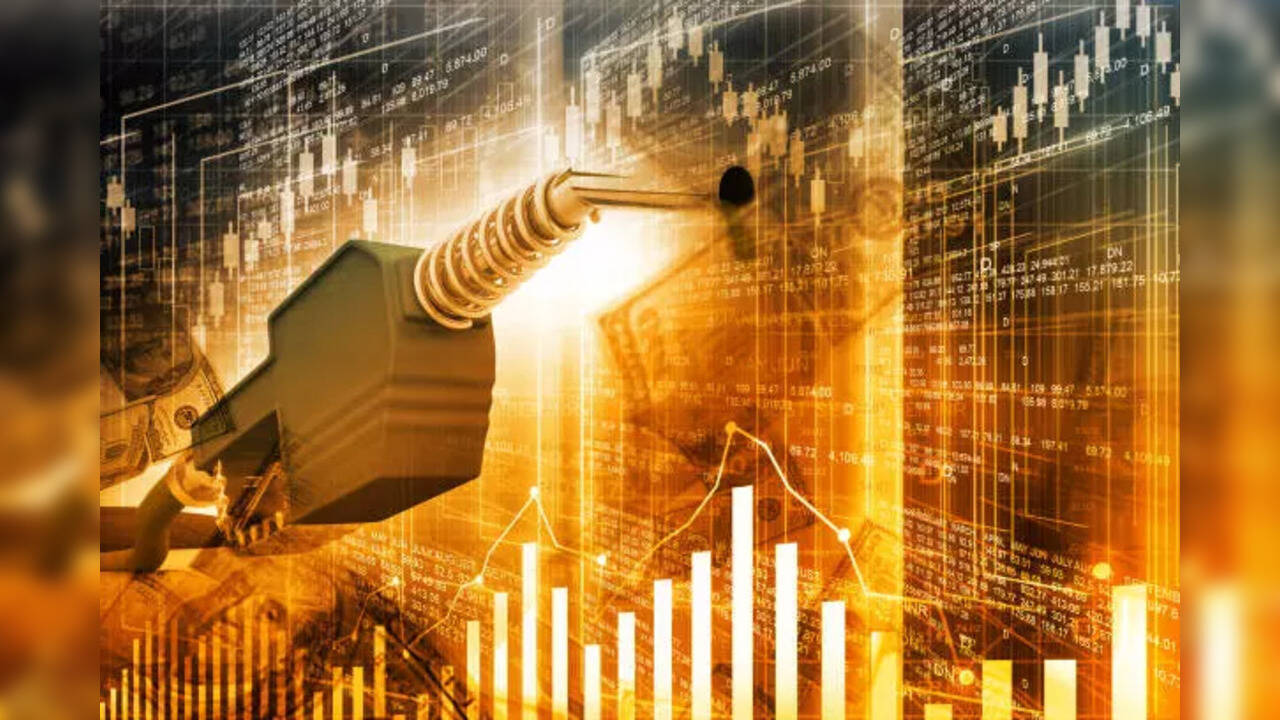
Fed’s rate hike worries
The RBI has raised the key policy rate to 6 percent as required by the Reserve Bank of India Act. This is the first time since January 2016 that a policy decision has been made by the central bank ahead of its quarterly meeting. The decision, which is expected to be announced on Wednesday, comes in anticipation of faster rate hikes from the Federal Reserve next year.
There are two ways in which a currency can get stronger. One is when a government or central bank manages its money supply and interest rates better than others in the world. A second way is when the currency gets stronger because of external factors.
The Indian rupee has been sliding against the US dollar, as these forward rate agreements (FRAs) between banks indicate that a hike in US interest rates in December is likely. In September, the central bank first hinted at a possible rate hike in December, later delaying it to March 2018. The Reserve Bank of India is also considering an interest rate cut on Thursday to tackle cooling inflation and the receding current account deficit.
The rupee has fallen against the US dollar in the last three weeks and the currency is likely to remain under pressure on the back of rising crude oil prices, experts have said. In addition, further delay in formalization by banks of rupee transactions is also expected to impact negatively. The Indian rupee is likely to be pressured as more banks are expected to raise interest rates on Thursday after the Reserve Bank of India raised its key policy rate by 25 basis points on Tuesday.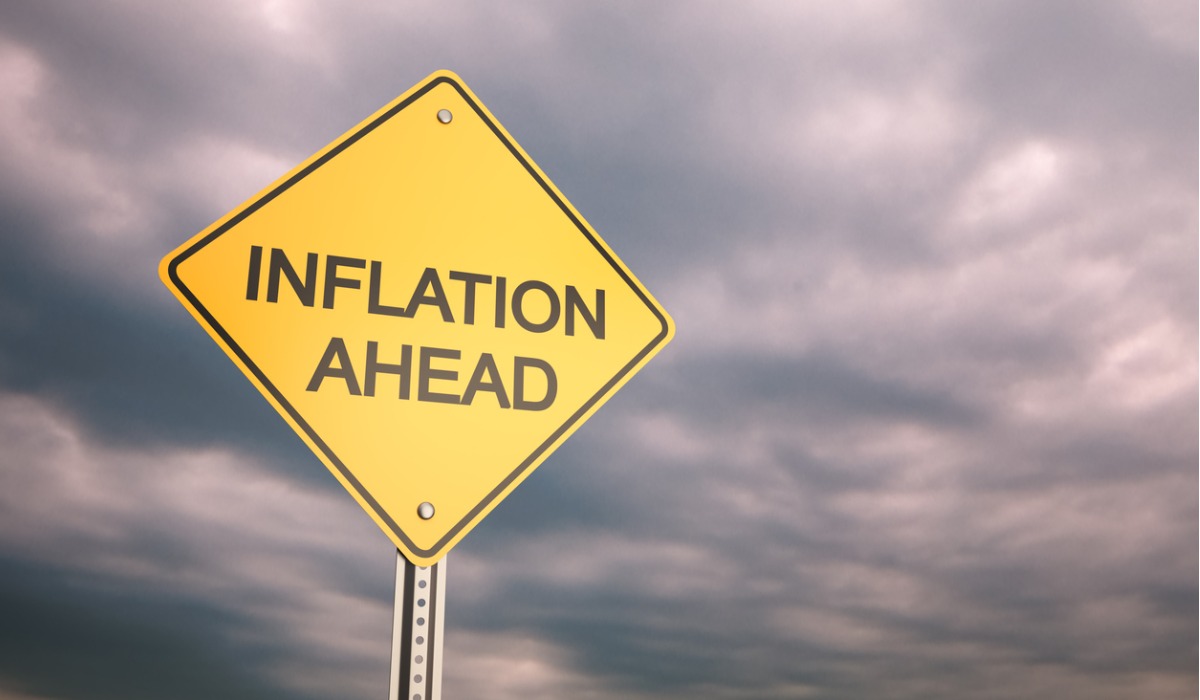
The spectre of inflation
The rupee touched a new record low of 72.74 against the US dollar in the early trade today on speculation that high crude prices will lead to a widening current account deficit and heightened inflationary pressure. The benchmark 10-year benchmark yield was trading at 8.06 percent, its highest since September 27, 2014. The rupee is down 6 percent so far this year as higher oil prices put upward pressure on inflation and a strengthening US dollar makes imports costlier.
$6.8 billion in foreign currency loans were withdrawn from the country’s financial system in June, the highest monthly withdrawal on record, according to the Reserve Bank data. The outward foreign exchange (forex) outflow is huge given that the country’s net international reserves are $364.45 billion and should be enough to meet three months of imports.
While net forex inflows stood at $24.36 billion in May, up from $20. 32 billion in April, a sharp increase in foreign currency outflows suggests foreign investors may be considerably worried about the risk of further depreciation of the rupee, especially against the US dollar. Bankers say Indian companies are also borrowing from overseas to repay overseas loans and avoid any exchange losses on repayment.
The rising level of foreign borrowings could have an impact on the country’s external debt profile. The liabilities-side has risen sharply to $422.52 billion at end-May from $358. 78 billion a year ago. The Indian government is also pushing exporters to convert part of their dollar earnings into rupees to help the domestic currency.
The rupee has managed to recover in the last one week, gaining some 35 paise over its previous close at 72.05 against the US dollar, but it is still not clear if this marks the end of the currency’s slide. A recent report from a division of the Reserve Bank of India had said that the squeeze in foreign exchange inflows could continue for at least another four months, pushing the rupee to 78.
Global factors, 2022
A possible increase in crude oil prices, which has risen to $75 a barrel as of today, has also pushed up the global currency market. But most analysts and traders say it is unlikely that there will be a sharp correction in rupee movements if crude oil prices go up further. The rupee bounced back on Friday, after two days of losses.
The currency is seen trading at around 72.50 to the dollar in the short term but there could be another dip in value as rising crude oil prices has raised concerns of inflation in India, a Reuters poll showed. Crude oil prices have risen to $76.5 per barrel from $68 just a few weeks ago, raising fears of higher inflation in India and widening its current account deficit.
RBI has been intervening to temper the rupee’s fall and has been buying dollars in the currency market to prevent further depreciation.
The rupee fell about 25 paise to 72.35 against the dollar a few minutes before closing, after opening at 72.24/25, down from its previous close of 72.10/11 on Wednesday. The domestic currency ended at a nearly two week low of 72.52/53 per dollar on Thursday as strong demand for the US currency from importers weighed on local unit.
Current account deficit threat
The widening current account deficit has caused the Indian rupee to depreciate significantly against the dollar. The Indian Reserve Bank has raised interest rates repeatedly and it is still not clear what the government is doing to prevent this slide. In May, there was a net outflow of $3.7 billion in foreign portfolio investment (FPI).
India’s economy grew at a much faster pace of 8.2% in the April-June quarter of 2017-18, as compared to 6. 7% in the same quarter last fiscal. Gross domestic product (GDP) was 7.9% in 2016-17. This is expected to be a 9.2% growth during the current fiscal, according to government estimates. The government is targeting to grow at 8-10% in 2018-19, and 9-11% in 2019-20, before stabilising at around 8% between 2020-21.
The Indian economy expanded at a higher rate of 7.9% in the quarter ending June. A strong expansion of services sector helped the growth, putting the country’s overall economic growth to 10.5%, up from 7% in 2016-17 and 5.4% in 2015-16. The high-yielding currency has been battered down by benefits from crude oil prices. Oil prices have gained a lot over the last month, as global oil demand is growing at a higher pace than supply. Crude oil is expected to remain volatile as there has been much uncertainty around the US government shutdown and any sort of impact on USA macroeconomic data.
India’s growth to be closer to 7.5-8%, says Niti Aayog chief economist, 2023 India can grow at 7.5-8% in the medium term if it addresses crucial challenges, including job creation and agrarian distress, Niti Aayog’s chief economist said. “If India can address these challenges, the economy should grow close to 7-8% in the medium term,” Ashima Goyal Kaul told PTI.
The Indian rupee depreciated sharply on Tuesday as crude oil prices jumped ahead of OPEC’s meeting to decide on production cuts to support oil prices. Brent crude oil futures were up 2% at $62.93 per barrel by 1300 GMT, as an official said OPEC was unlikely to agree on any output cuts after speculation Saudi Arabia was reluctant to loosen supply in a market it dominates.
US dollar’s overwhelming strength “The US dollar has been the biggest beneficiary of the recovery in the global economy and it has been the single biggest factor driving rupee depreciation,” said Neelkanth Mishra, Chief Investment Officer International Equities at Ambit Capital.




